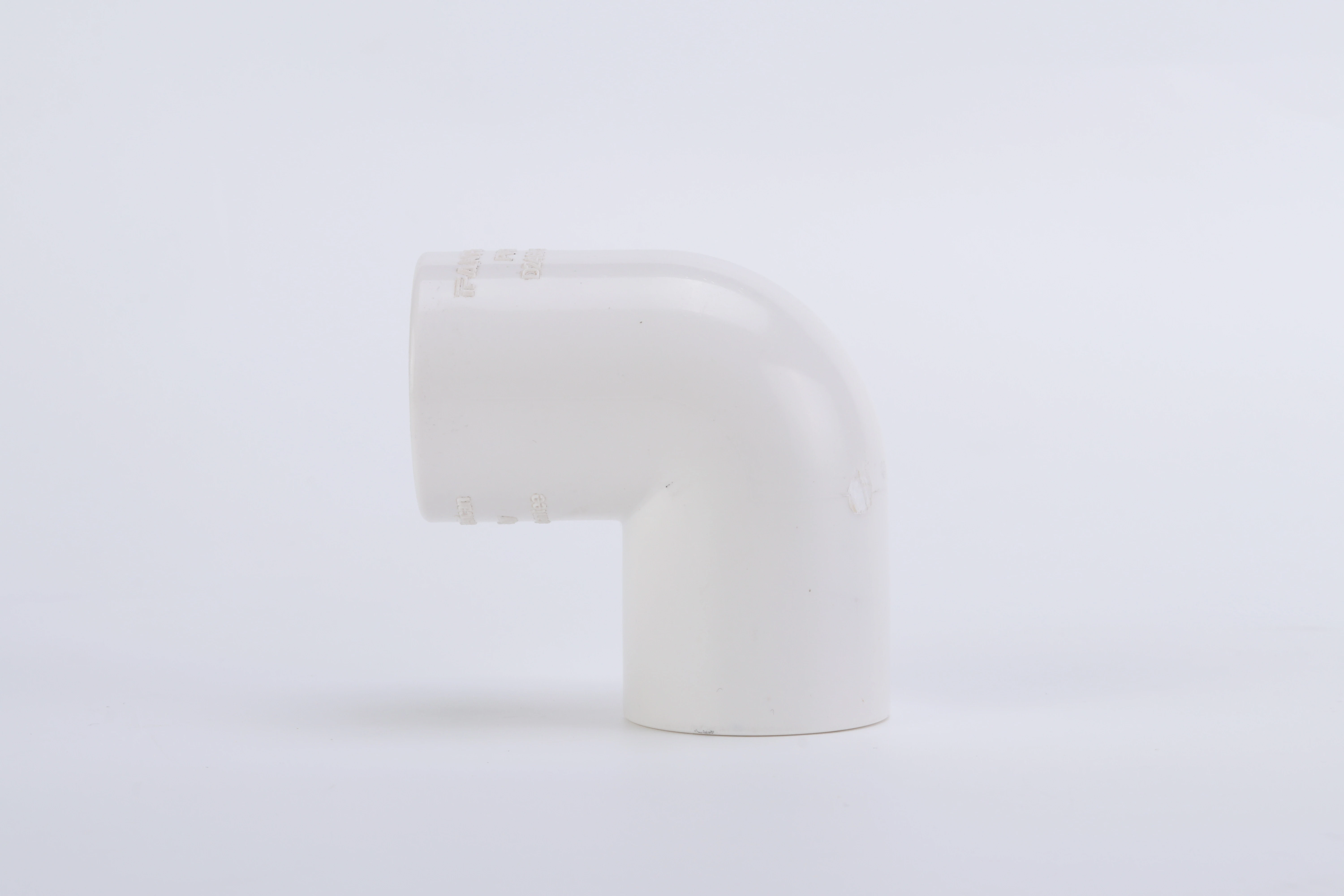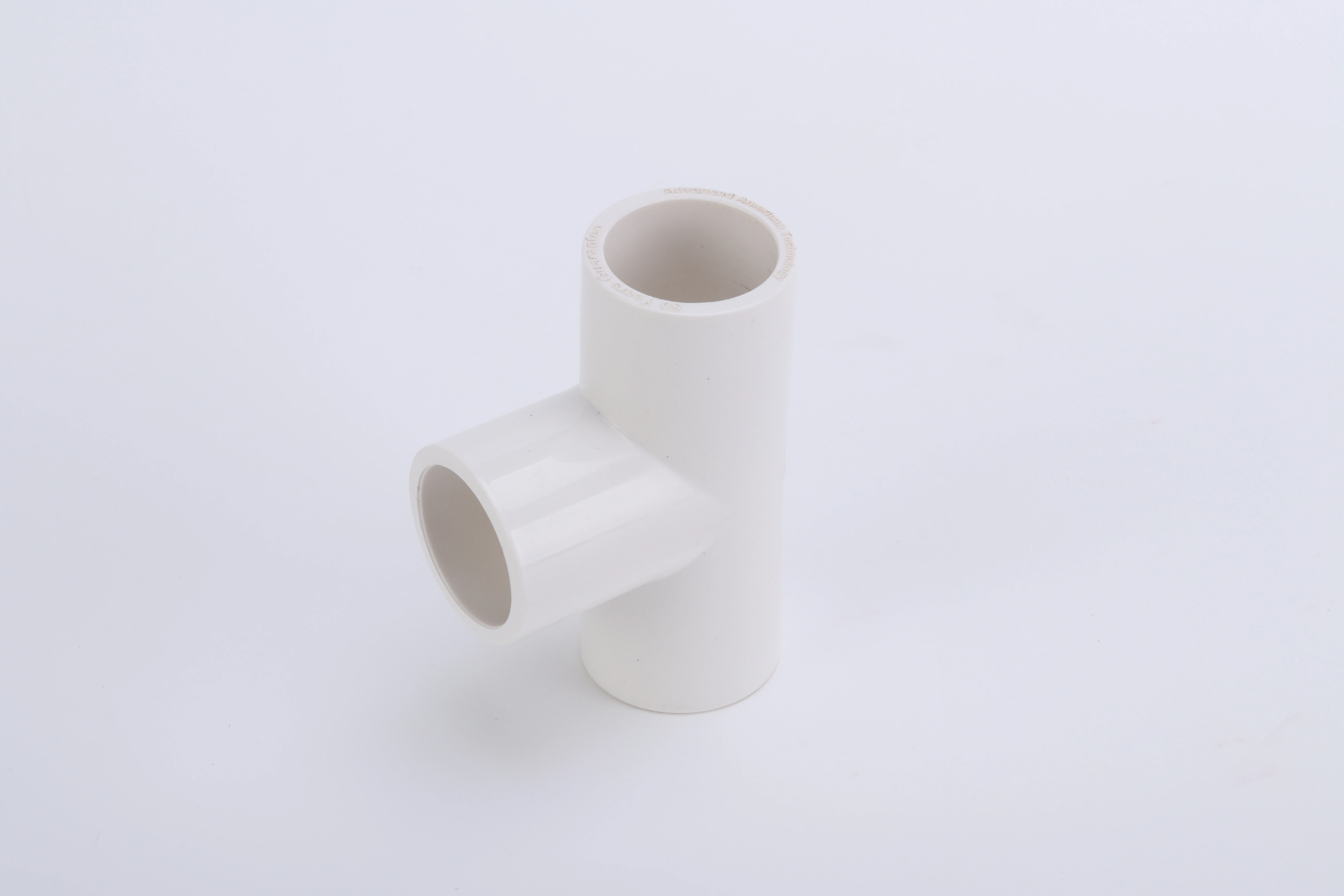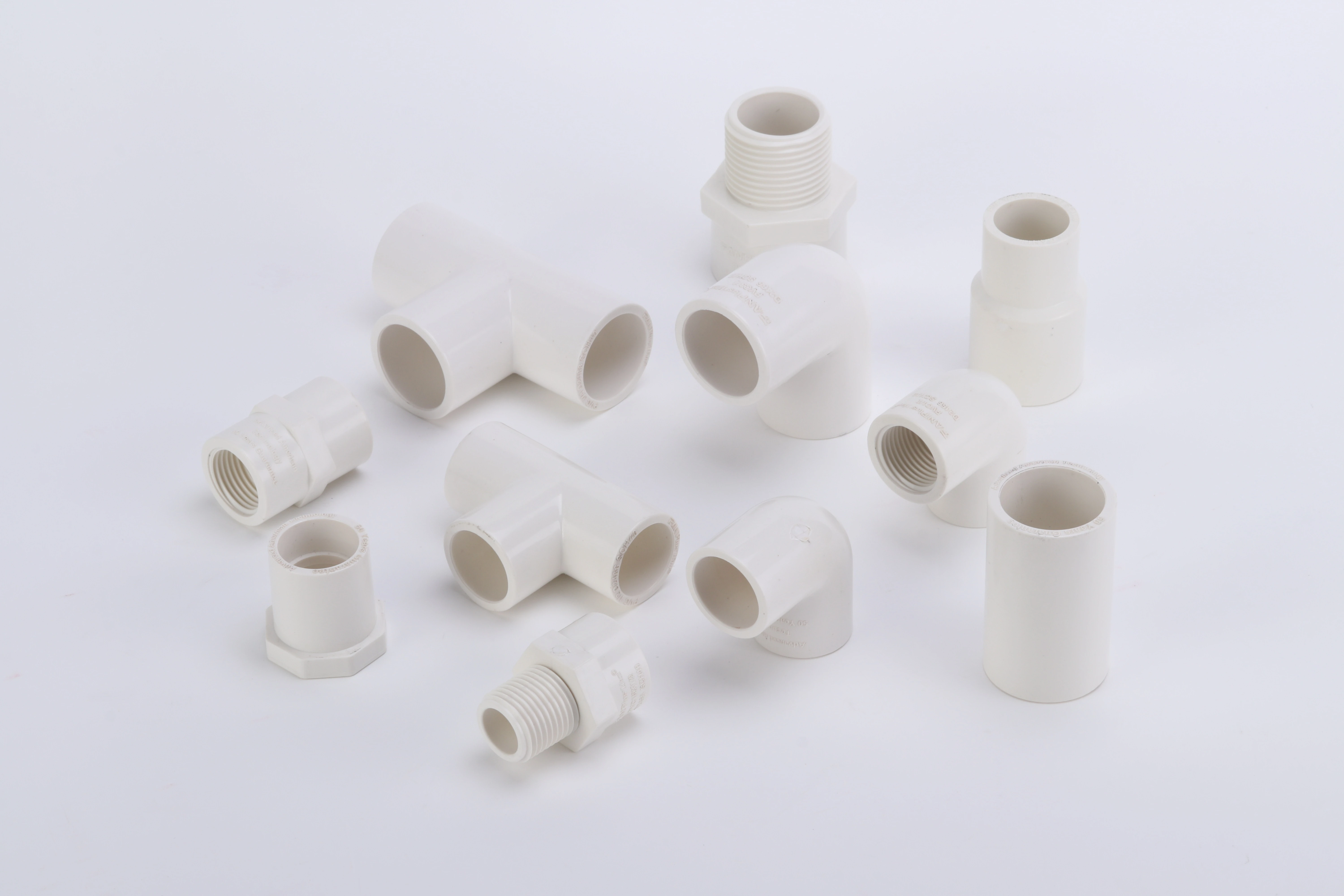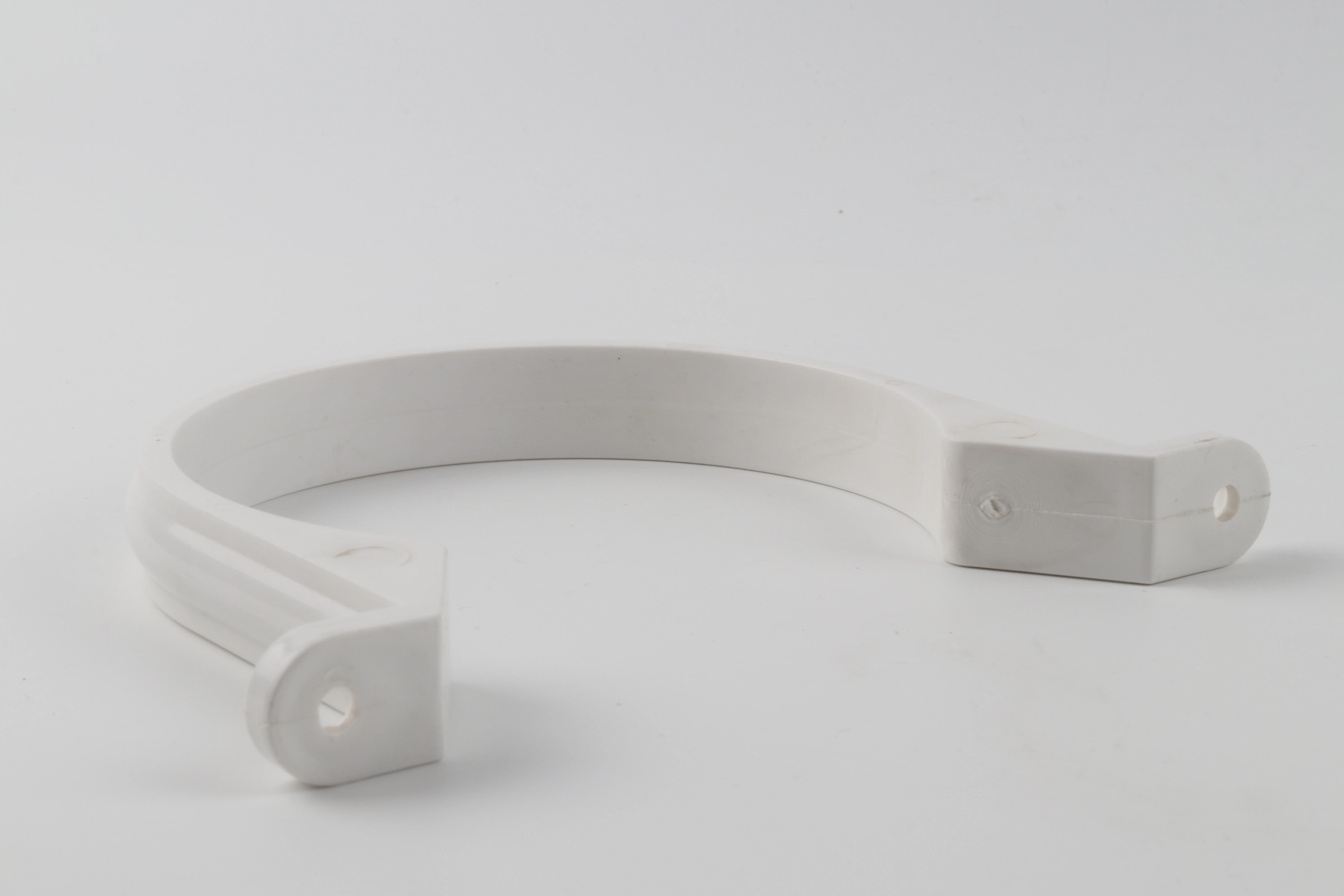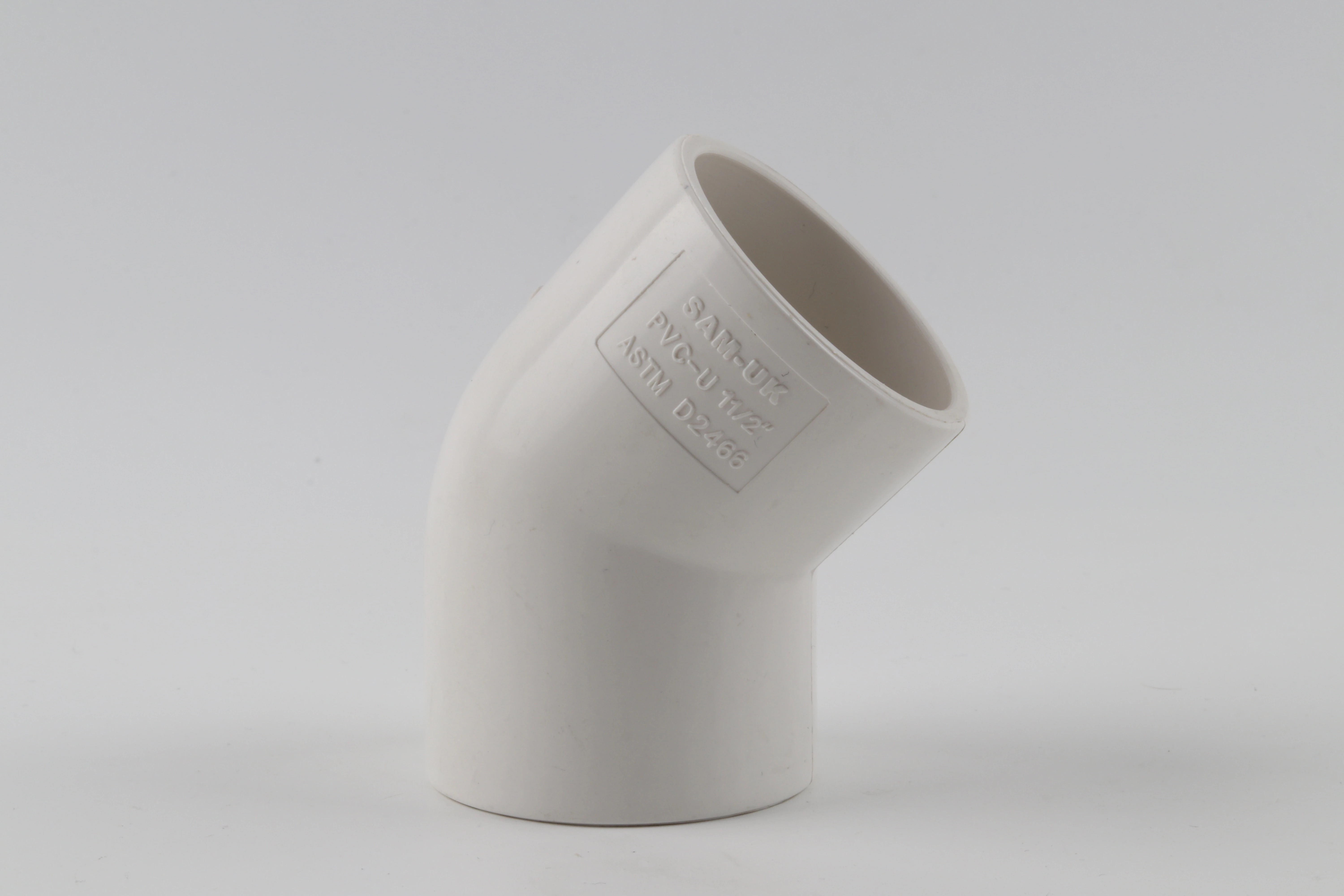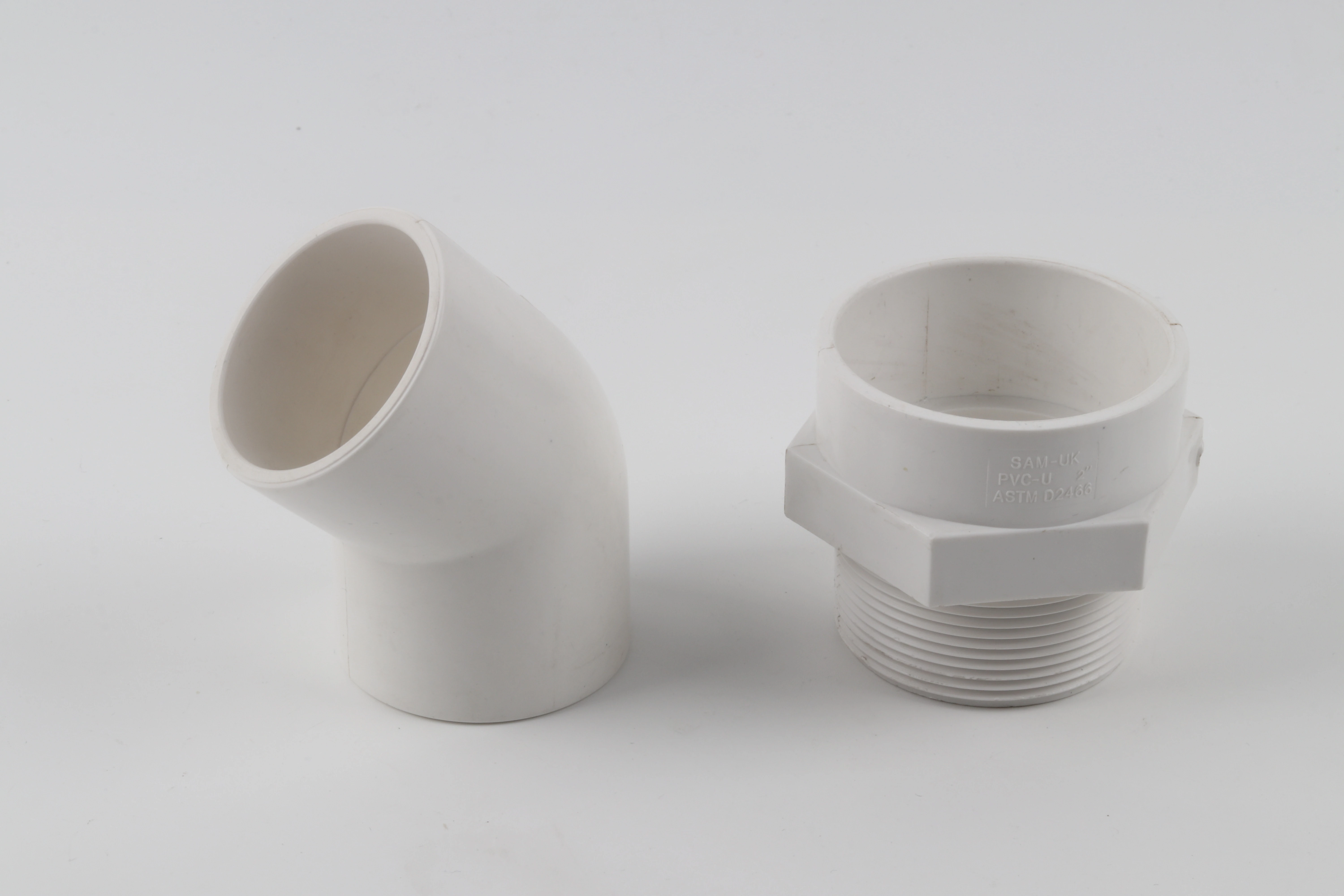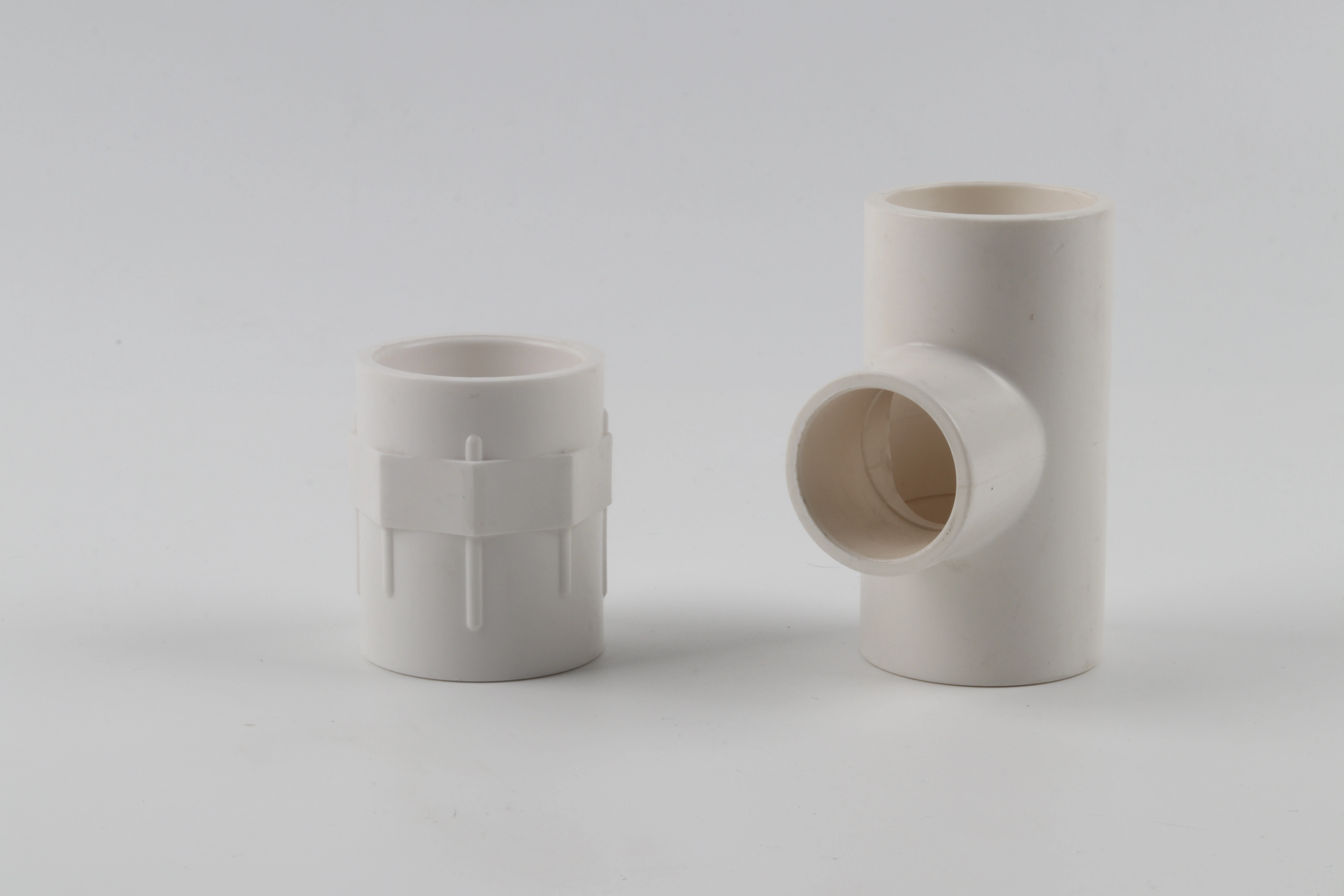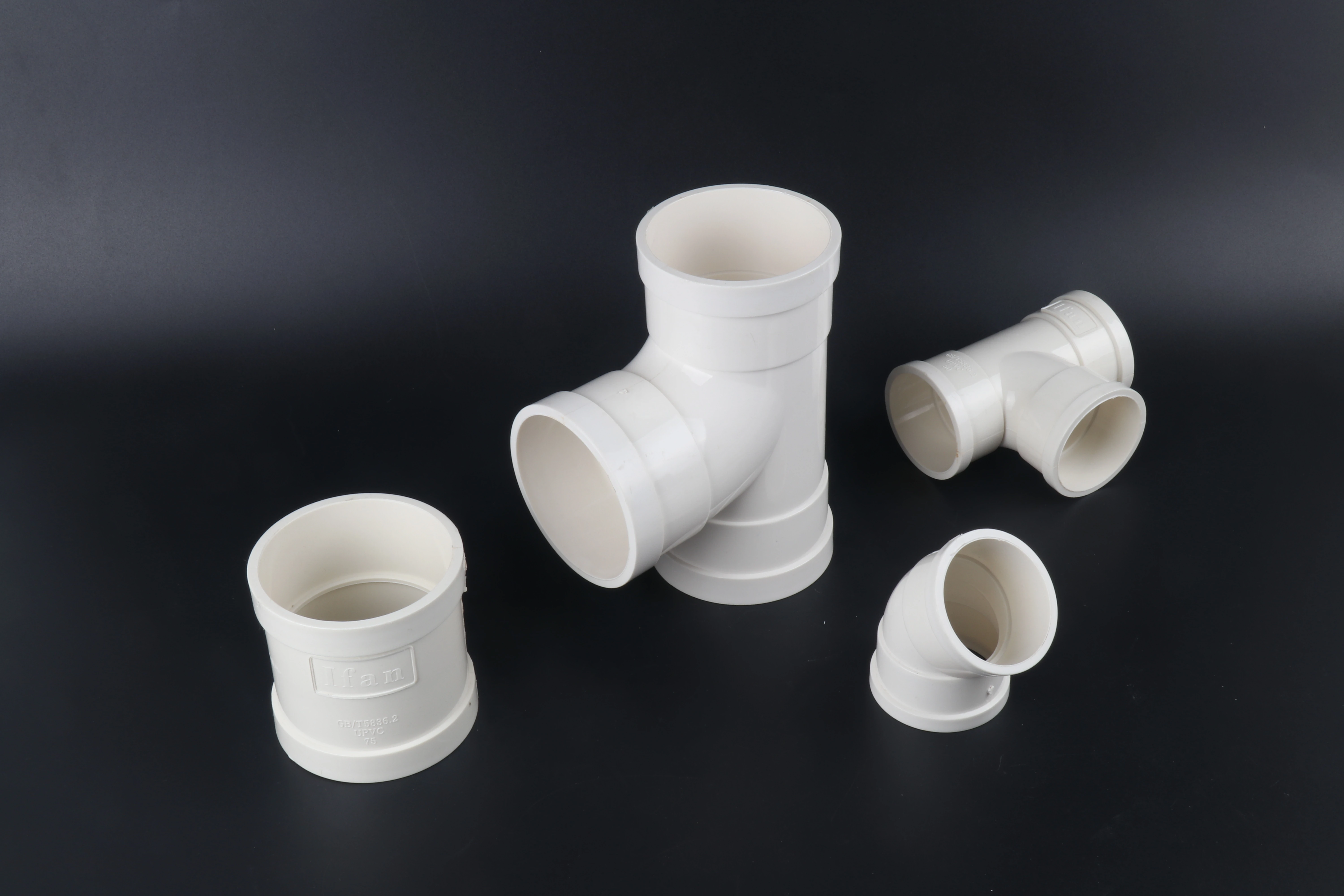Why Are Our PVC Pipes So Affordable?
As a project manager at IFAN, I recently compared material costs for a large municipal water project and discovered our PVC pipes offered 40% savings over alternatives while maintaining equal performance standards. This discovery led me to deeply examine what makes PVC so economically advantageous. Our PVC pipes achieve exceptional affordability through optimized raw material […]

